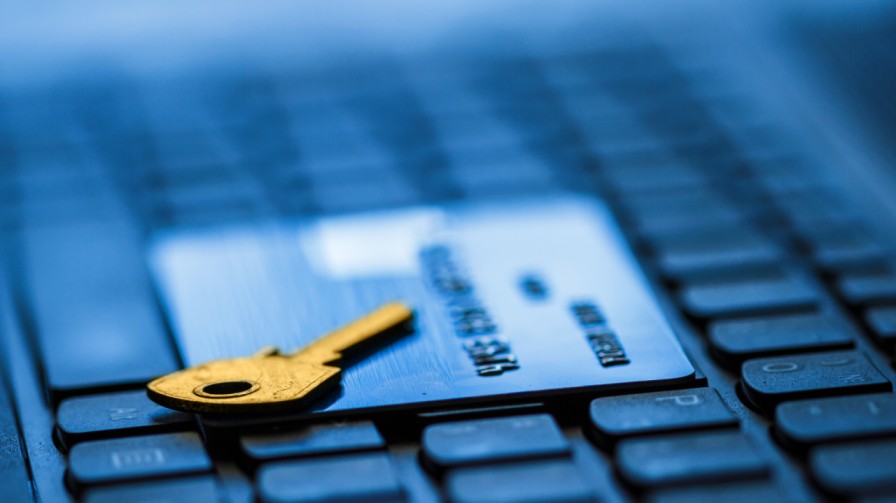
With the rise of digitalization, the
world has witnessed a transformation in the way transactions are conducted.
From traditional banking systems to digital payment options, technology has
made our lives easier and more convenient. The advent of digital currencies and
blockchain technology has revolutionized the financial world. Digital
currencies have gained immense popularity in recent times, and governments
around the world are exploring the possibilities of creating their digital
currencies. In India, the Reserve Bank of India (RBI) is reportedly working on
creating a digital version of the Indian Rupee, which is commonly referred to
as the "Digital Rupee."
RBI has launched a pilot for its
retail-based central bank digital currency (CBDC), the e₹-R, as of December 1,
2022. This digital token holds the same value as legal tender and is
distributed in the same denominations as paper currency. The banks act as
financial intermediaries in distributing the e₹-R, and users can transact with
it through a digital wallet provided by participating banks. These transactions
can be made between individuals (P2P) or between individuals and merchants
(P2M). The e₹-R offers the same trusted, safe, and final settlement features as
physical cash, but like cash, it does not earn interest and can be converted to
other forms of money such as bank deposits.
However, the increasing use of digital
currencies and the implementation of the Digital Rupee come with several
challenges, particularly when it comes to cybersecurity. The central bank has
emphasized the need for robust cybersecurity measures, as cyberattacks and
frauds have become a major concern in the digital world.
These measures include :
- Compliance with Information Security Management Systems (ISMS) standards: Organizations involved in the creation and distribution of the Digital Rupee must comply with the ISMS standards set by the RBI.
- Regular security audits: Organizations must conduct regular security audits to identify any vulnerabilities and take appropriate measures to address them.
- Encryption technologies: Encryption technologies must be adopted to secure transactions and prevent data breaches.
- Use of multi-sig wallets: Organizations are encouraged to use multi-sig wallets, which allow multiple parties to sign a transaction, making it more secure and preventing unauthorized access.
- Cold storage: Organizations must store the Digital Rupee in cold storage, which involves storing the currency offline to prevent cyberattacks.
- Best practices: Organizations must follow the best practices laid down by the RBI to ensure the security of the Digital Rupee.
These guidelines and regulations ensure that the Digital Rupee remains secure and protected against cyber threats. The RBI's commitment to ensuring the security of the Digital Rupee will play a crucial role in its success and widespread adoption.

 +91 9594449393
+91 9594449393 +1 4847906355
+1 4847906355 +63 9208320598
+63 9208320598 +44 1519470017
+44 1519470017 +84 908370948
+84 908370948 +7 9639173485
+7 9639173485 +62 81808037776
+62 81808037776 +90 5441016383
+90 5441016383 +66 993367171
+66 993367171 +254 725235855
+254 725235855 +256 707194495
+256 707194495 +46 700548490
+46 700548490


